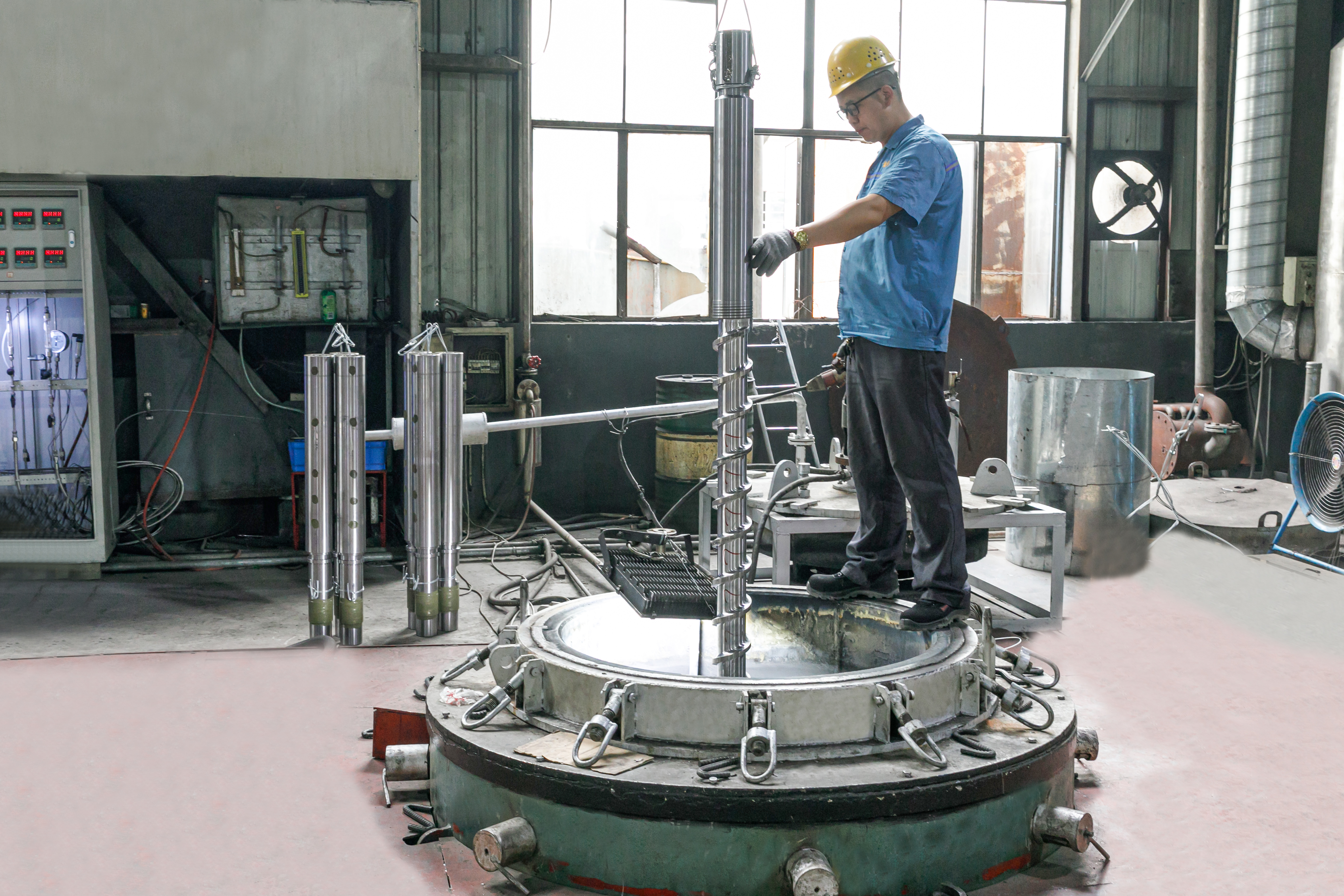We provide custom solutions to all our customers and offer complete technical advices that your company can take advantage of.
The geometry and material composition of the screw and barrel in an extruder can have a significant impact on the temperature and pressure distribution throughout the extrusion process. The design of the screw and barrel can also impact the quality and consistency of the extruded product.
The geometry of the screw and barrel can impact the temperature and pressure distribution in several ways. The length and pitch of the screw, as well as the number and shape of the flights, can affect the amount of shear and mixing that occurs in the extruder. The shape of the barrel, such as the presence of grooves or channels, can also impact the flow of material and the distribution of pressure and temperature.
The material composition of the screw and barrel can also impact the temperature and pressure distribution. Materials with high thermal conductivity, such as copper alloys or ceramics, can help to dissipate heat from the extruder more effectively. Materials with high wear resistance, such as tungsten carbide or ceramic coatings, can help to reduce wear and extend the lifespan of the screw and barrel.
Screw Design: The pitch, depth, and shape of the screw flights can have a significant impact on the pressure and temperature distribution within the extruder. For example, a screw with deeper flights and a larger pitch will generate higher pressure and temperature, which can be beneficial for materials that require high shear and mixing, but can also increase the risk of overheating or melting the material. In contrast, a screw with shallower flights and a smaller pitch will generate lower pressure and temperature, which can be better for materials that are more sensitive to heat and shear.
Barrel Design: The barrel of the extruder can also impact the temperature and pressure distribution. For example, a barrel with a constant diameter may result in a higher pressure drop, which can lead to higher temperatures at the end of the barrel. However, a barrel with a tapered profile or a profile with varying diameters can help to reduce the pressure drop and distribute the heat more evenly.
Material Composition: The choice of material for the screw and barrel can also impact the temperature and pressure distribution. For example, materials with high thermal conductivity, such as copper alloys, can help to dissipate heat more effectively and prevent overheating. Similarly, materials with high wear resistance, such as tungsten carbide or ceramic coatings, can help to reduce wear and extend the lifespan of the screw and barrel.
To optimize the temperature and pressure distribution in an extruder, as leader screw and barrel factory in China, we use advanced modeling and simulation tools to predict the behavior of the extruder under different conditions. This help us to identify the best screw and barrel geometry, as well as the optimal material composition, to achieve a more uniform melt and better control over the properties of the extruded product.

